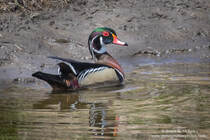 Male Wood Duck - Click to see larger
Male Wood Duck - Click to see larger - Home
- Birds
- Animals
-
National/State Parks
- Yellowstone In Winter
- Animals/Birds of the Badlands, Yellowstone and Grand Tetons National Parks 2016
- National Parks Landscapes 2016
- Animals of Yellowstone/Tetons/Badlands 2014
- Yellowstone/Tetons/Badlands Landscapes 2014
- Animals of Yellowstone/Tetons/Badlands 2012
- Yellowstone/Tetons/Badlands Landscapes 2012
- Animals of Yellowstone 2011
- Yellowstone/Tetons Landscapes 2011
- Yellowstone Textures
- Custer State Park, SD
- Great Smoky Mountains NP
- Rocky Mountain National Park
- Utah National Parks
- Landscapes
- Flowers
- Insects
- MyBlog
- About Me
 Male Wood Duck - Click to see larger Male Wood Duck - Click to see larger I just love Wood Ducks and it helps to know someone who maintains nest boxes. I was invited by a local gentleman, Eldon Siemers, to accompany him as he went out to inspect a dozen or more Wood Duck houses that he built, installed and maintains. As we quietly approached each nest box he carefully inserted a cell phone camera in to the box to take a photo to see if there was a hen nesting in the box. Some were empty, but others did have a bird nesting or had unattended eggs. There were 30 eggs in one box, not necessarily from the same Wood Duck. Apparently females may lay eggs in an established nest box where another bird has already laid eggs. There is a lot more to tell about this activity, but it was a very interesting morning.
0 Comments
December 31, New Year's Eve day, the last day of 2020 at the Coralville Dam. I went to photograph Eagles, but while waiting for the Eagles I shot a few photos of the Canada Geese and Mallard ducks. I witnessed one of the strangest thing that I have seen - the geese and ducks with a fish in their beak and fight over them. I've never seen a goose or Mallard eat a fish. From Audubon.org - Canada Geese "Eats stems and shoots of grasses, sedges, aquatic plants, also seeds and berries; consumes many cultivated grains... Occasionally eats some insects, mollusks, crustaceans, and sometimes small fish." I'm not sure that the gees could swallow the fish in these photos.
[Click photos to see larger.] While out in the Sioux City area this weekend I took a few hours to visit the Snyder Bend Wildlife Management area south of Sioux City, IA, a horseshoe bend part of the Missouri River. There were lots of birds moving around. Several Bald Eagles, Wood Ducks zooming around like fighter jets, many other ducks and plenty of Canada Geese. It was a nice day for a walk with the camera to snap a few photos.
(Click images to see larger) About a million or more Snow Geese and Ross's Geese at the Loess Bluffs National Wildlife Refuge (formerly Squaw Creek NWR) in northwest Missouri near Mound City, (about 45 minutes south of Council Bluffs, IA) February 20-21, 2020.
It is hard to describe this spectacle of birds stopping off at the national wildlife refuge for a short time before they continue their migration north. Large rafts of tens of thousands of birds packed in tightly in the water, and hundreds of thousands in the sky stretching for miles. Their chattering never stopping but only intensifying when suddenly tens of thousands all get up and fly off at once, only to return to the water a short time later. There is a loop road around the wetlands and very easy to see the birds including many ducks, Canada Geese, Trumpeter Swans, Bald Eagles, hawks, and more. Check the periodic waterfowl reports at the wildlife refuge for more information. But be aware that they are migrating and at any moment they can take off and leave. I went several years ago with an estimate of half a million on Monday. By Friday when I arrived there were about 10 or 12 thousand. In just a few days nearly half a million birds got up and left. Just a sample of the photos from the two-days below. Click to see more. (See the Video also at the bottom of the photos page.) 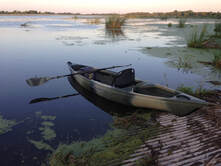 It was a quiet morning in the Ventura Marsh as I slid my kayak in to the water for an early morning paddle. Let me rephrase that. It was a calm morning, but anything but quiet. The air was alive with the sounds of hundreds of birds, frogs, toads and the hum of cars and motor boats in the distance. As I quietly paddled to try to get some photos the Great Blue Herons kept a watchful eye on me and noisily squawked their displeasure as they flew away long before I got close to them. When I paddled in close to the cattails I was thrilled to see several little Marsh Wrens. I really get a kick out of seeing them cling to two different cattails or blades of grass as they surveyed the area for bugs. The little Swamp Sparrows were seen in the same area. A couple of new birds for me were a 'Sora' ( I saw three) and a 'Virginia Rail'. They foraged in the shallow water at the base of the cattails and quickly disappeared in to the heavy cover as I approached. There were many Wood Ducks, but they saw me long before I saw them and all I really saw was their tail feathers as they made a quick getaway. As I paddled in and around the backwaters and channels of the floating cattail bogs there were dozens of birds that I could hear but didn't see including several Trumpeter Swans. A lone Osprey flew lazy circles overhead causing the ducks and Cormorants to scatter. A couple of years ago the DNR drained down the marsh to kill out the carp, but guess what, they're back. Several times a large carp would boil up next to the kayak and scared the whoop out of me. Fortunately I have a very stable hybrid kayak or I might have tipped as I jumped in my seat. All in all it was a beautiful morning to be out enjoying nature. [Click images to see larger] Cerro Cordo County Conservation is draining out all of the water from Zirble Slough to allow aquatic plants to get re-established for a better environment for birds and wildlife. Then they will allow it to naturally fill again. As the water is very low for awhile it has been full of shorebirds pecking in the mud for insects and whatever else they eat. There was a lot of wildlife there the morning that I visited.
[Click images to see larger]
I go out about an hour before the first morning light to set up my portable blind to try to take photos of the Wood Ducks. There have been several in the area, but they are very wary, so sitting very still for a long time and being camouflaged is the only way that I have been able to get close to them. With the camera on the tripod and camo netting draped over me I wait and hope. The lighting is tough in this location because the trees behind me don't allow the morning sun to hit the near side of the pond until about an hour after sunrise and by then the Wood Ducks are often gone. So the far side of the pond gets lit up first causing the ducks to be in a bit of a silhouette or a back-lit shadow. If I get lucky a shaft of sunlight will find its way through the trees to a spot where the ducks are swimming. Click, click, click. It seems that I mostly got pictures of the male Wood Ducks this day. The colors are radiant in the sunlight. [Click the images below to see larger] When I am out photographing birds, wildlife and landscapes I occasionally shoot some video at the same time. Here is a little video sampler of some of our photo adventures over the past few years. The still photos can be found throughout this web site.
We spent a few days in Texas with family last week and found some time to take a few pictures along the Gulf coast near Galveston. We saw Pelicans, Osprey, Egrets, White Ibis (a first for me), Terns, Gulls, Sandhill Cranes, a Little Blue Heron and many other birds. I could watch the Pelicans all day. [Click a photo below to see them larger.]
I gave in. I finally decided to post some pictures on Facebook also. Go to my Facebook page then click the Like or Follow button and you can stay updated on some of my photo adventures. Of course you will need to log in to Facebook to see them. -
https://www.facebook.com/brucegmckeephotos 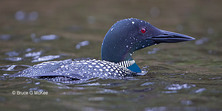 Common Loon, (click for larger image) Common Loon, (click for larger image) Last week I was on a fishing trip to Lake Kabetogama in Voyageur's National Park near International Falls, Minnesota - right on the Ontario, Canada border. We worked pretty hard for several days, often fishing in the rain, to catch Walleye and Northern Pike. There is a "slot-limit" on these lakes. We could keep the Walleyes under 17" but had to immediately return any that were 17-28" back in to the lake. We caught a lot of nice fish in the 17-22" range that we had to let go, but did manage to catch enough to eat while we were there and to take some home. For me, getting in the boat to go fishing is just a ploy to get a little closer to some of the many Common Loons that nest in the area in the spring and summertime as well as other birds. While slowly trolling or drifting with my fishing line and bait in the water, my camera was nestled between my feet inside of two sealed dry-bags. We weren't seeking out the Loons, because my fishing partners came to fish. So if we happened upon a Loon, or had one swim up near us I would scramble to unwrap my camera and try to get a few quick photos before the bird dove and disappeared (sometimes forgetting about my line in the water). They are incredible swimmers and can easily swim 60-100 feet in just a few seconds popping up out of easy camera range. Hand-holding a camera with a big lens in a moving, bouncing boat is a bit of a challenge so I had to compose and focus quickly, use a fast shutter speed and fire off as many shots as I could before the bird disappeared. There were some Loons sitting on nests, and it is a little easier to take pictures of them, but we kept a healthy distance so as not to disturb the birds. In addition, we saw several nesting Bald Eagles, American White Pelicans, Canada Geese, Mallards, Mergansers, Common Goldeneye, Cormorants and more. The forest was full of smaller birds but because of the rain I did not take any pictures. Click on any of the images below to see them larger in a slide show. (You can listen to Loon calls on the Cornell Lab of Ornithology web site.) [More Loons here...] 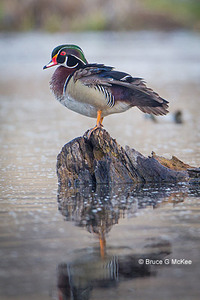 Wood Duck It was a beautiful Sunday morning. Quiet, clear and finally getting warmer. I went down to the pond in the dark to set up to take pictures of Wood Ducks and whatever other ducks I might find. I quietly settled in as close as I could get to the water without getting wet, sat on my padded stadium seat, set up my tripod and camera across my legs and pulled the camo netting over my head and camera. I waited as the sky gradually filled with light and watched the ducks as they swam around the pond, foraging for food and preening. Some light clouds drifted in softening the light, but also reducing the intensity a bit. I really wanted a little more sun to bring out the colors on the heads of the drakes, but I also knew that I had to take pictures in the less than ideal light because they could spook and fly away at any time. The female Wood Ducks were checking out all of the nest boxes and the males followed them around from one corner of the pond to another. I got a few photographs of the Wood Ducks as the light improved slightly and I'm glad that I didn't wait, because they soon flew off to the trees. The other ducks were a bit more cooperative. I also got several nice pictures of the Bluebills (aka Scaup) as well as Blue-Winged Teal. But soon the early morning joggers and walkers scared most of birds away... but it was time to leave anyway. Click the images to see a larger picture or see more pictures of ducks here. I'm pretty much a fair-weather photographer with many birds, because the colors are so intense in the sunlight. We have had one day of sunshine in the last couple of weeks when I wasn't working and was able to get out for most of the day taking pictures. I really enjoyed watching the ducks in the marsh. The colors of the Blue-Winged Teal, Green-Winged Teal and Northern Shovelers were radiant in the sunlight. I don't know if any will nest here or if they are just passing through, but I felt fortunate to get some pictures on a nice day.
It is great to see the water level coming up in the lakes, rivers, ponds and sloughs. Last fall and over the winter most of the shallow wetlands were completely dried up. There were thousands of ducks, geese, Coots and pelicans the day that I was there. A Northern Harrier flew over and scattered all of the ducks from one end of the slough to the other. I also saw a Marbled Godwit, which apparently was a pretty good sighting for this area. You'll have to go look that one up in your bird guides, because I only got a few blurry images of the bird in the distance. Click the images below to see a larger image or see more pictures of ducks here. 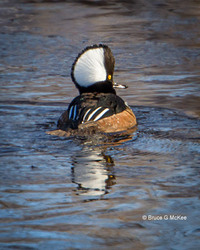 Hooded Merganser It might be my new favorite bird. I don't think I have ever seen Hooded Mergansers up close. Well, I wasn't really that close. They were swimming in the river, and I was in my car parked on the road. With the tele-extender on my camera lens I was able to get some fairly close shots. There must have been about a dozen mergansers within a short stretch of the river. The males are very interesting as they have a vertical fan-shaped white crest which can be raised for display or lowered. They were moving constantly, swimming up and down the river. Sometimes a group of males, a male and female together, or a solitary male just swimming along. I had fun watching one for several minutes as it tried to get a fish that seemed just a little too big in to his mouth. He would flip it up in the air, usually catching it sideways and then trying again. I think he finally did swallow it whole. I saw the Hooded mergansers several times over the course of a few days. Yesterday, I drove a little farther down the river and also saw some Common Mergansers, but didn't get any pictures. You can see more duck photos here, and a few below. |
Bruce's Blog
Just a few notes about my photos and videos. See more on Facebook. and videos on YouTube Archives
March 2024
Categories
All
|
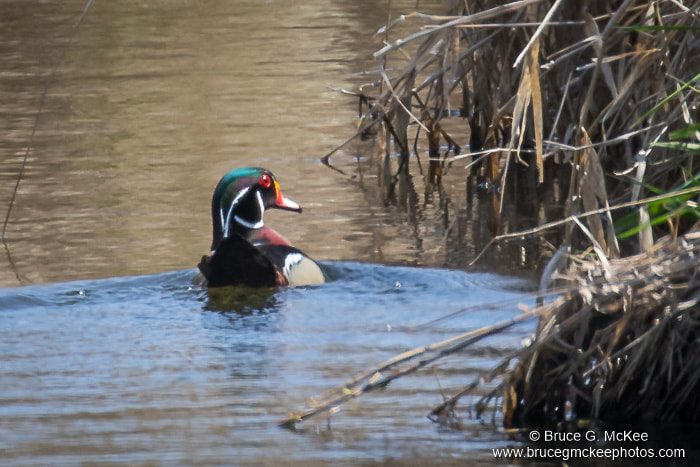
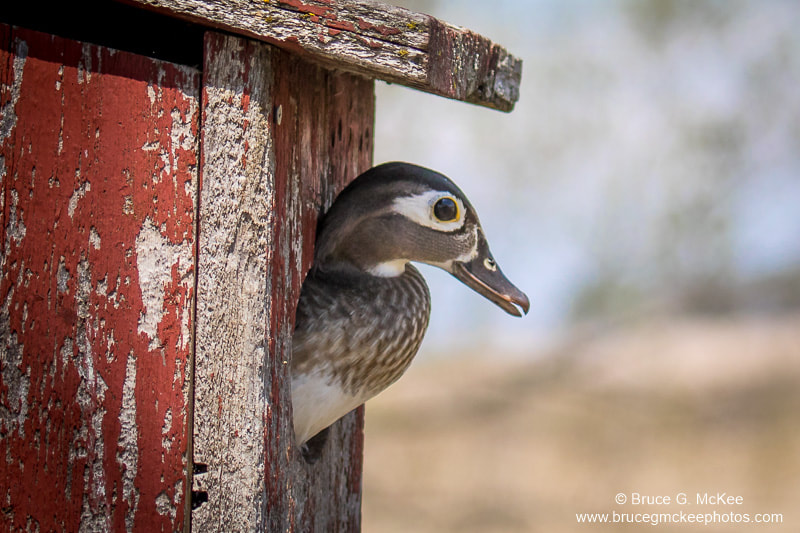
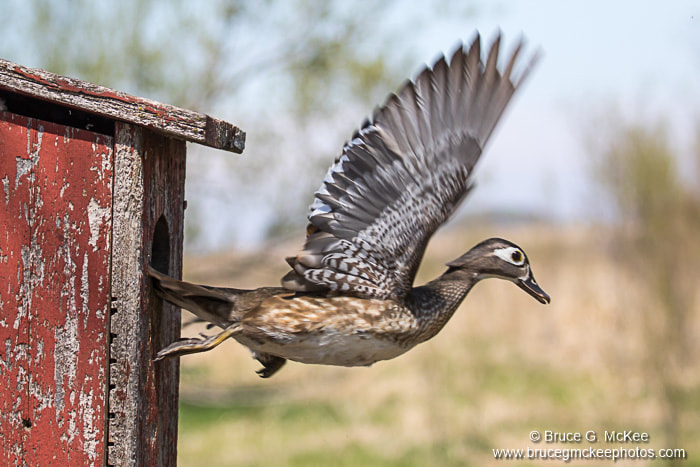
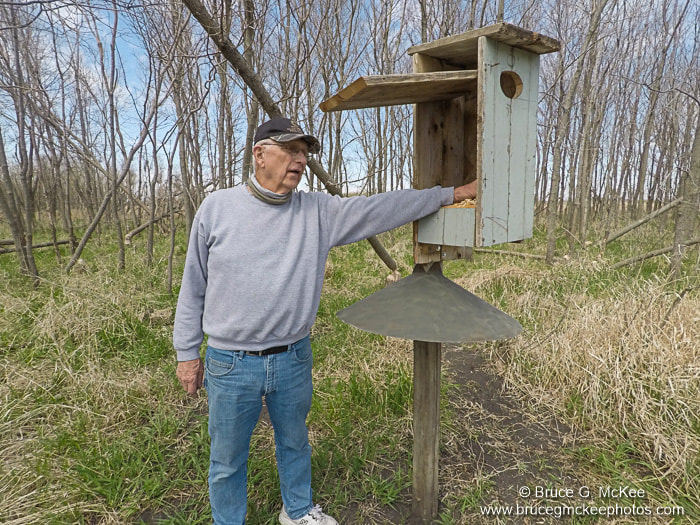
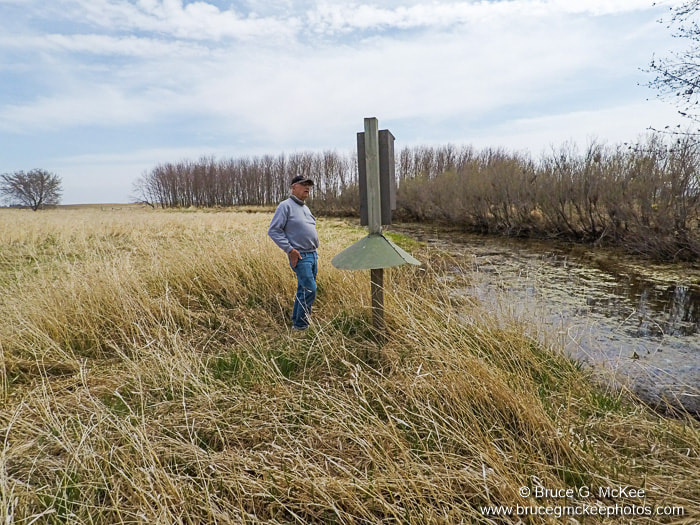
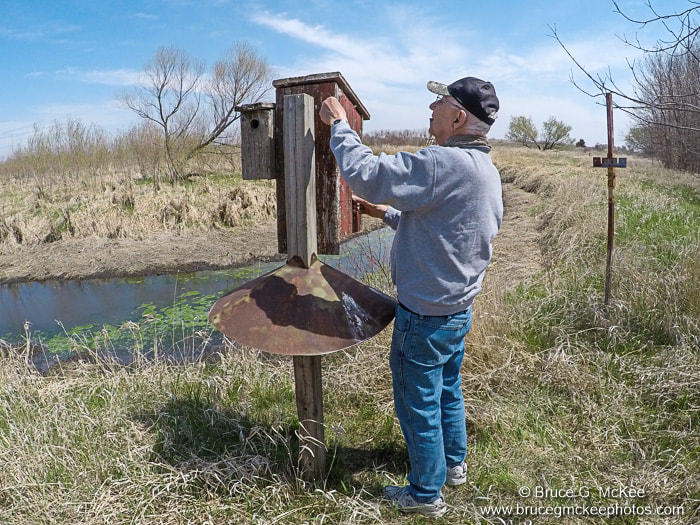
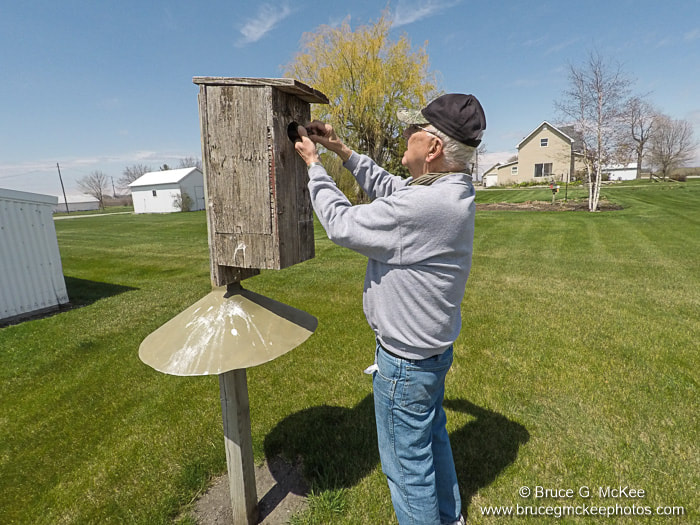
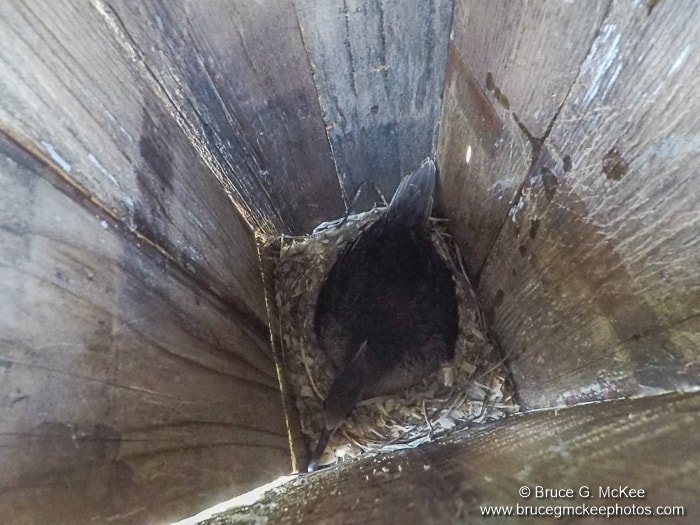
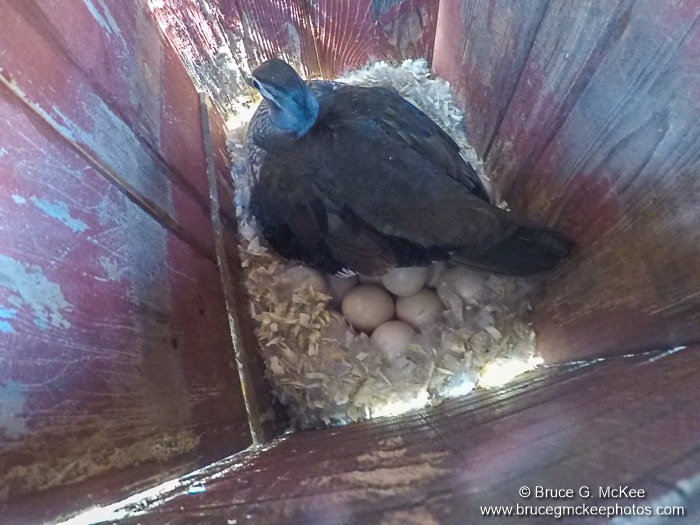
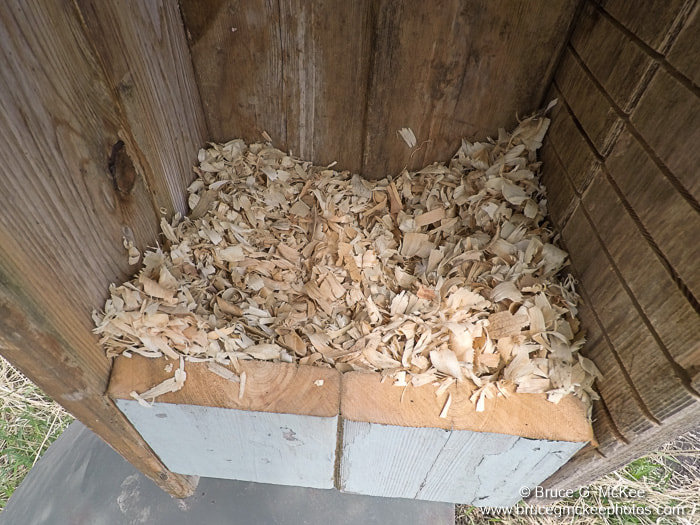
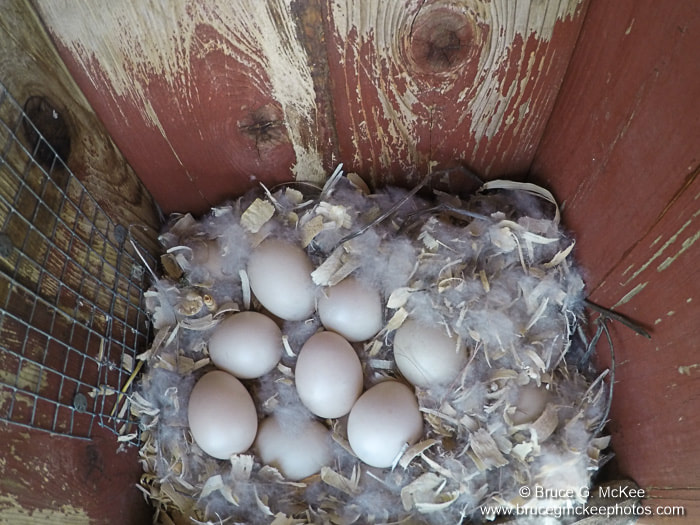
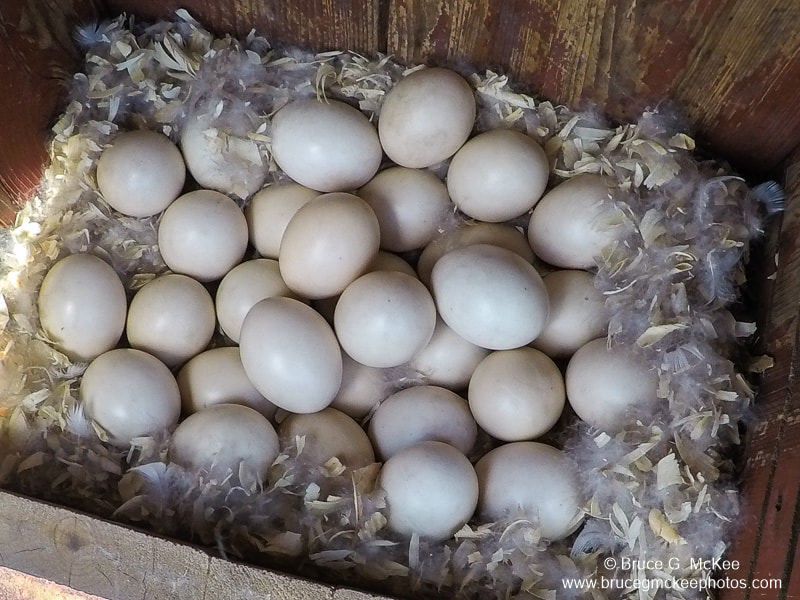
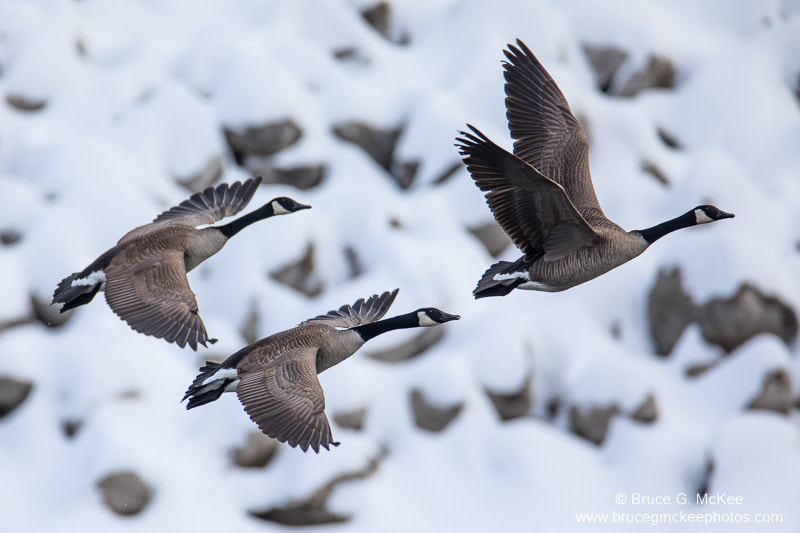
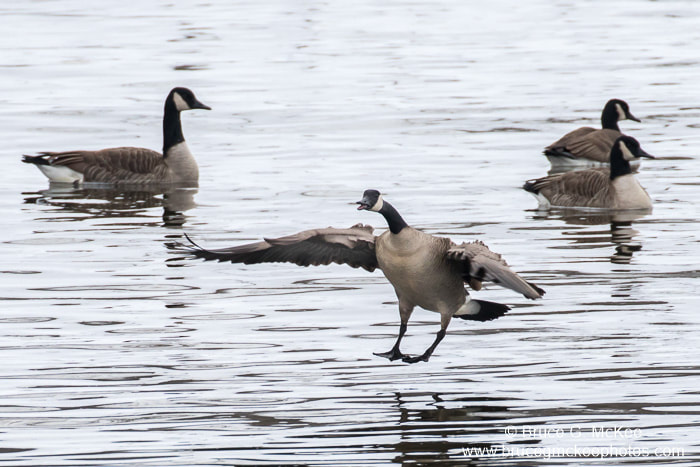
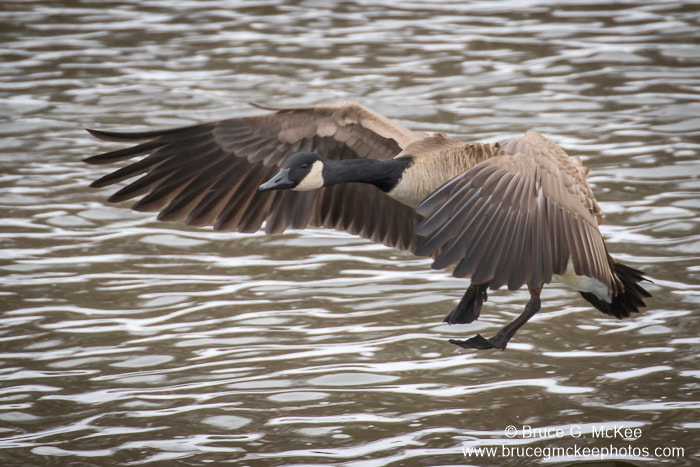
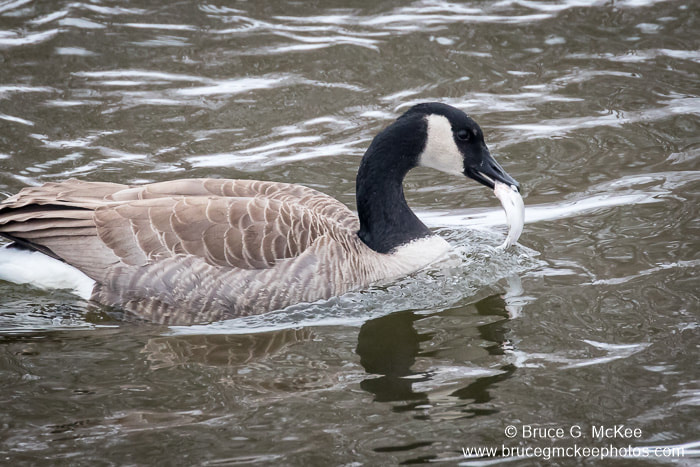
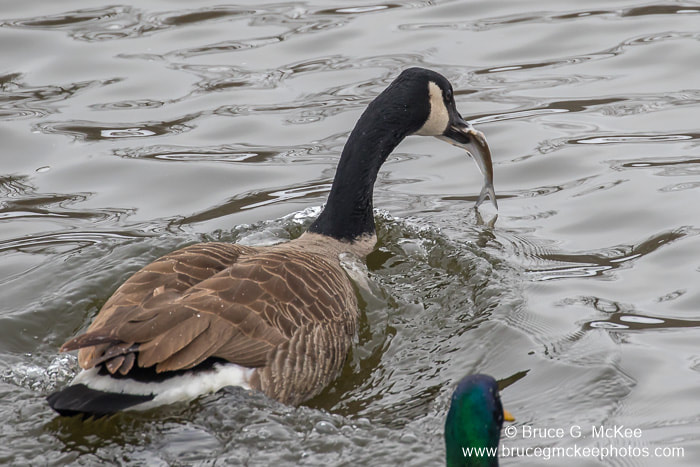
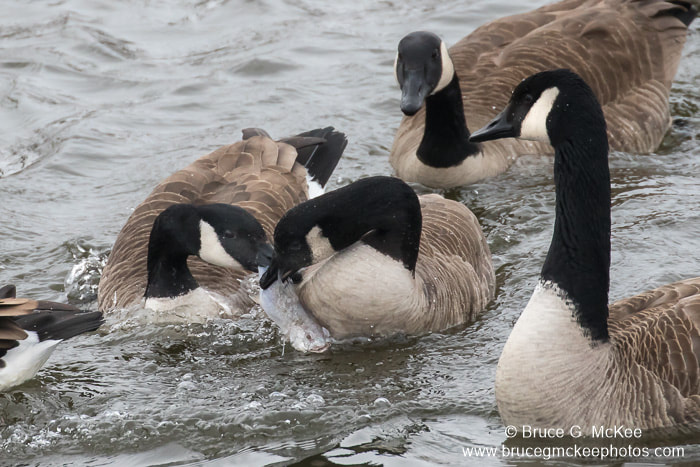
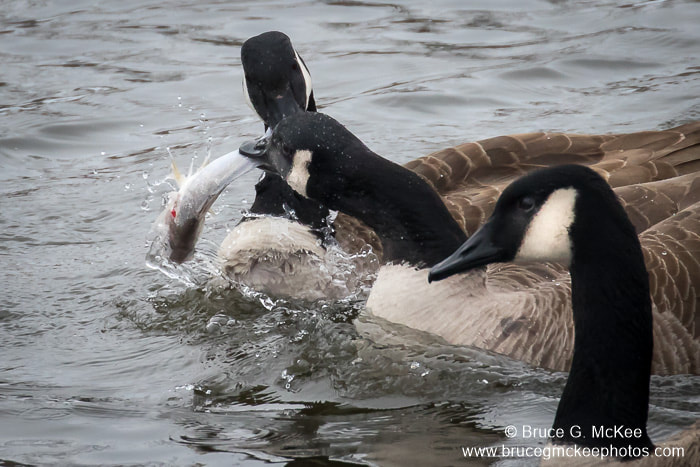
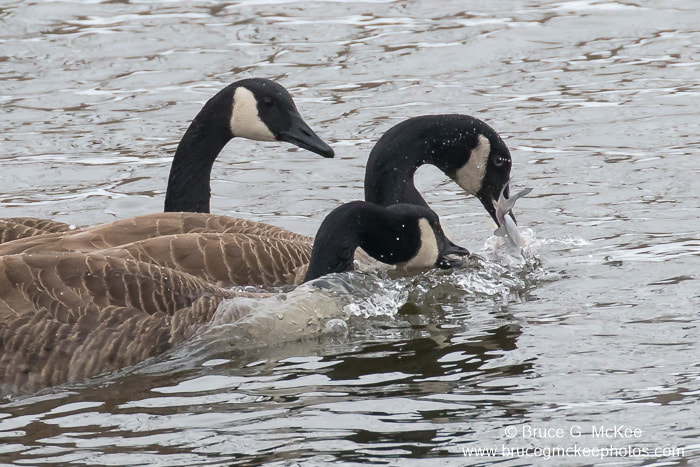
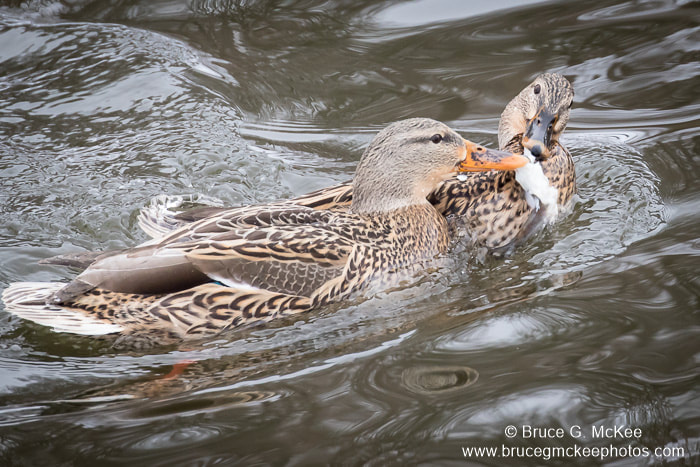
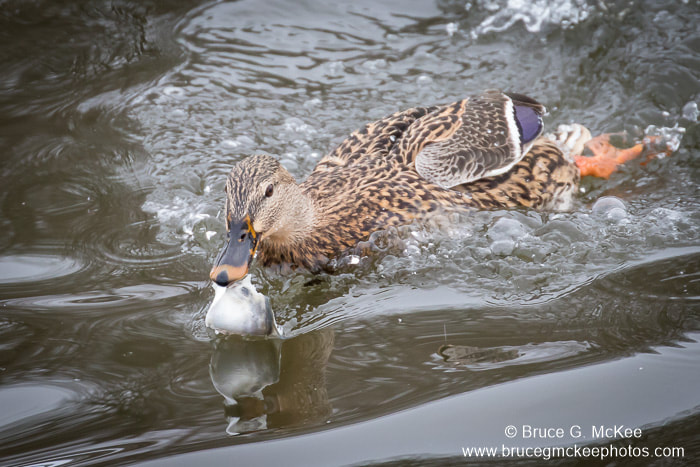
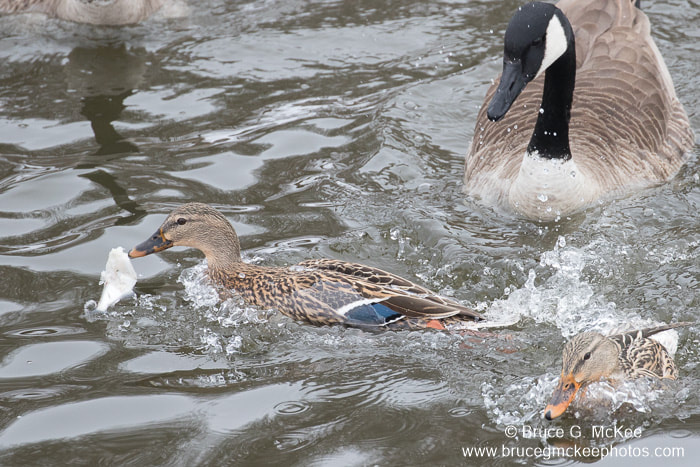
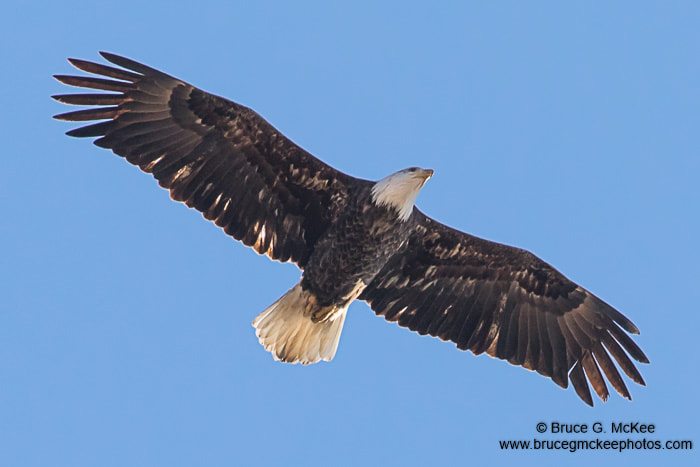
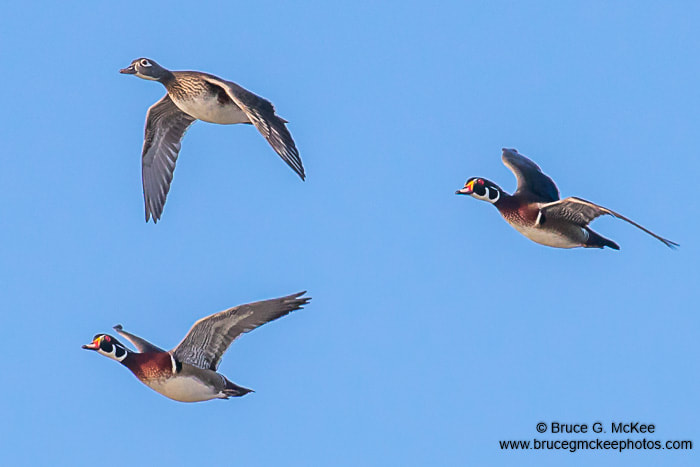
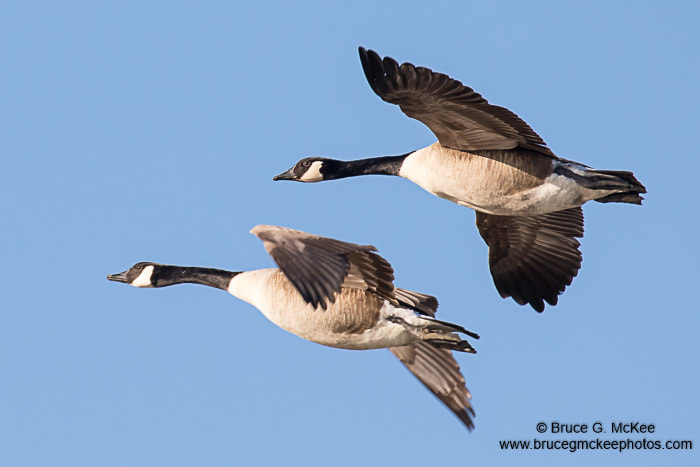
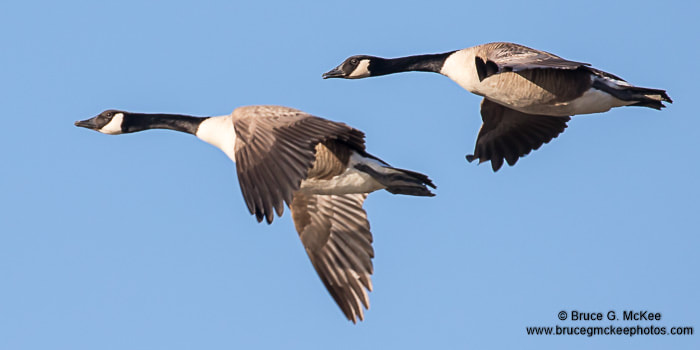
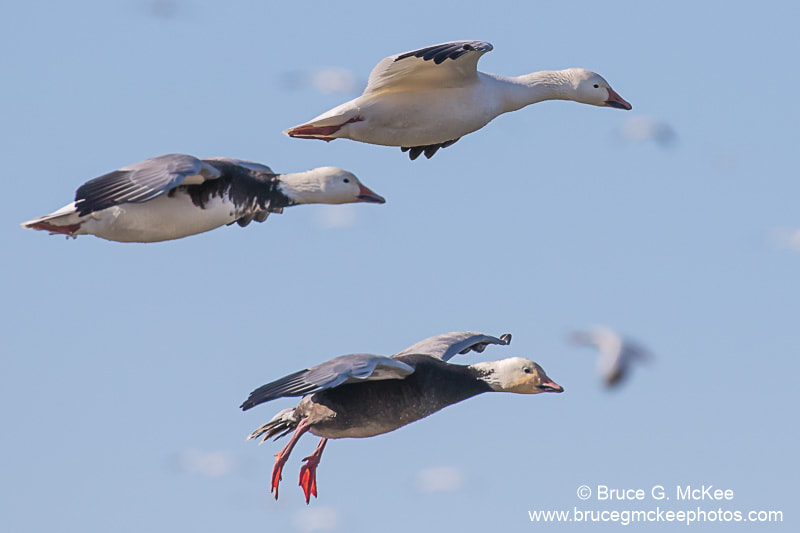
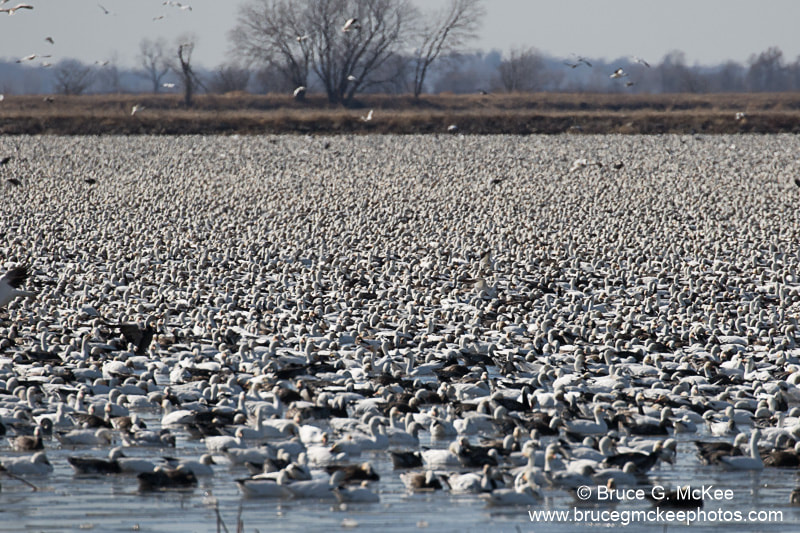
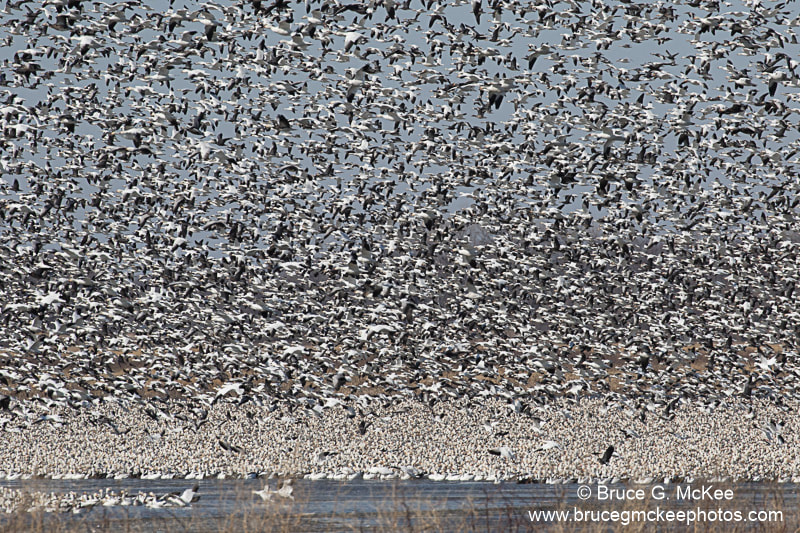
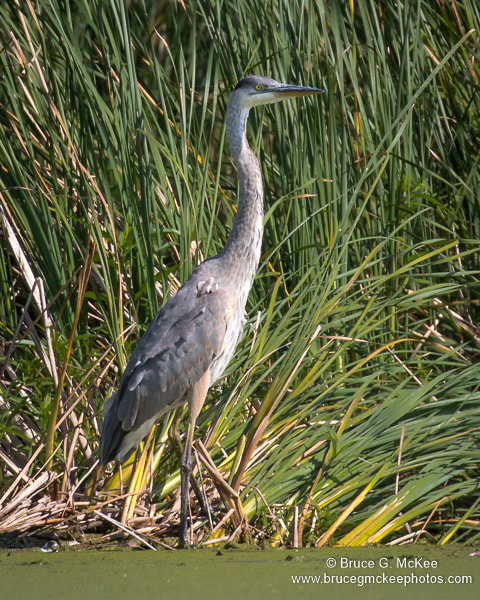
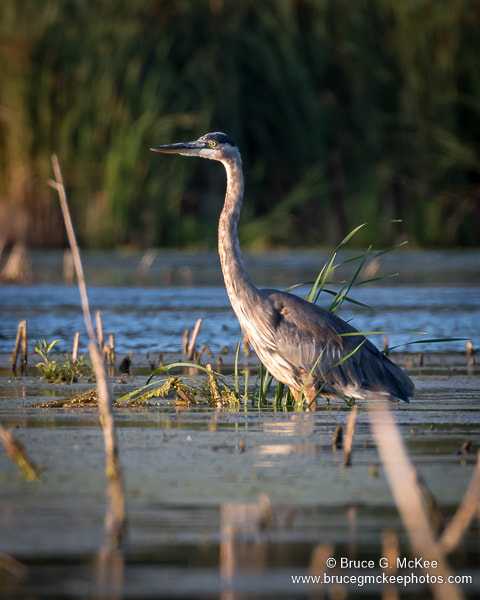
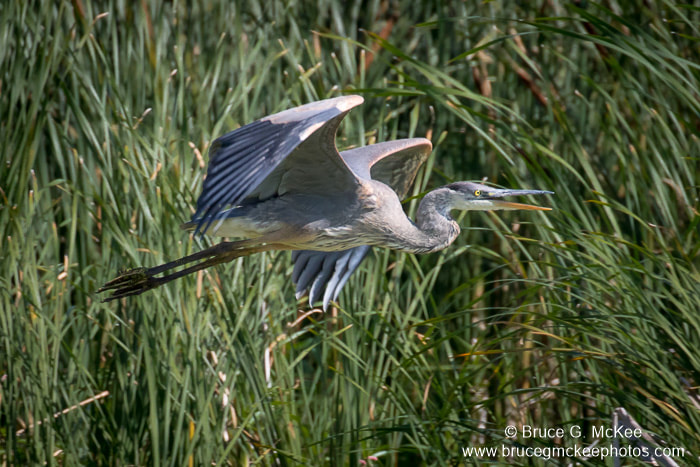
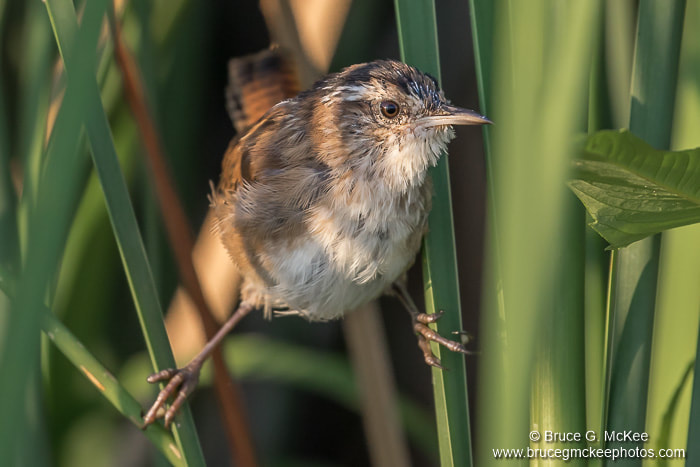
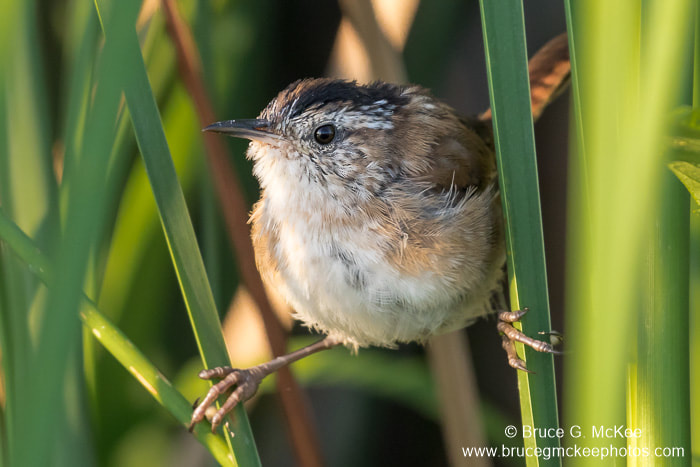
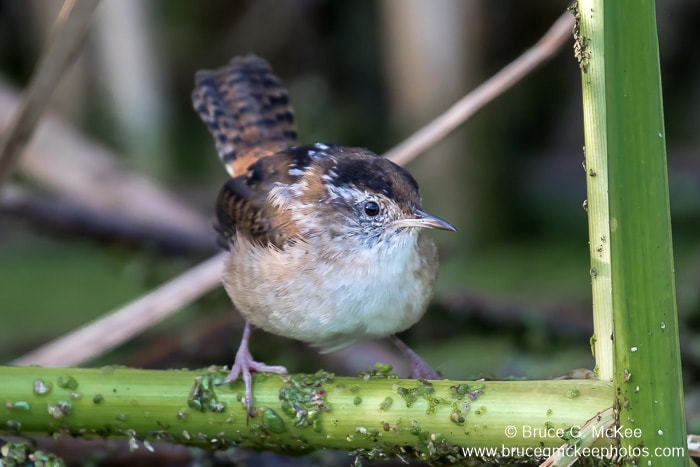
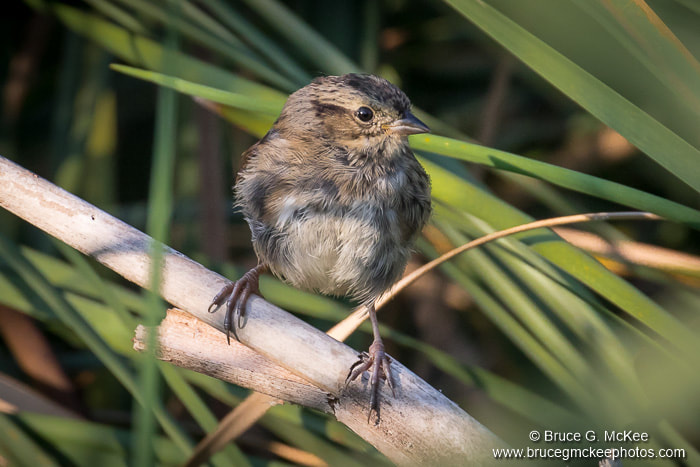
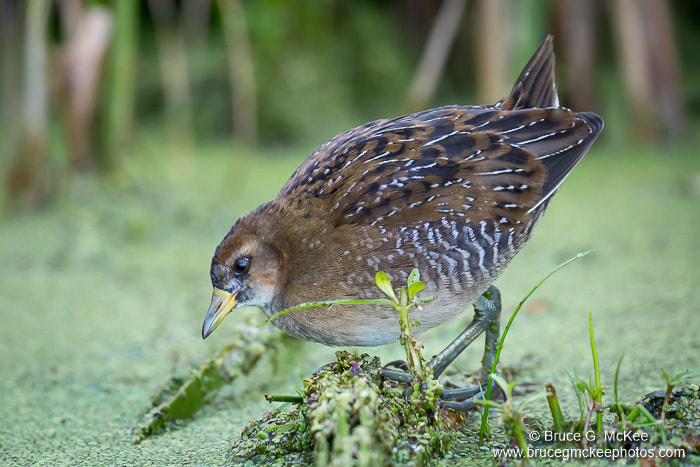
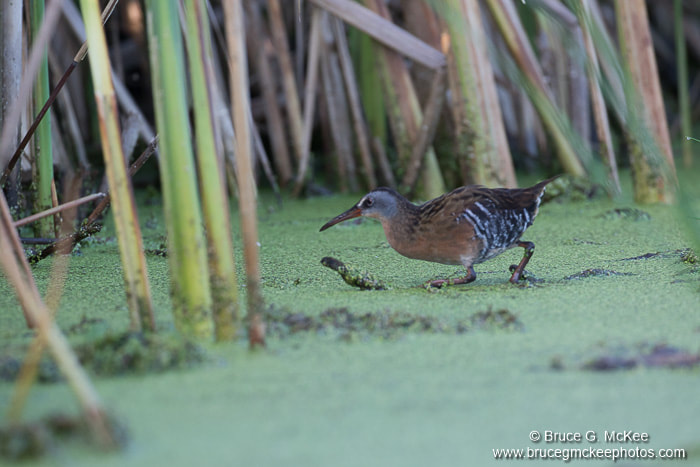
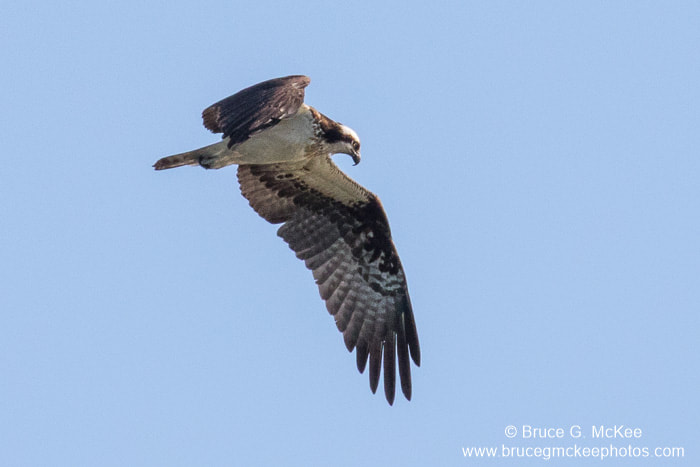
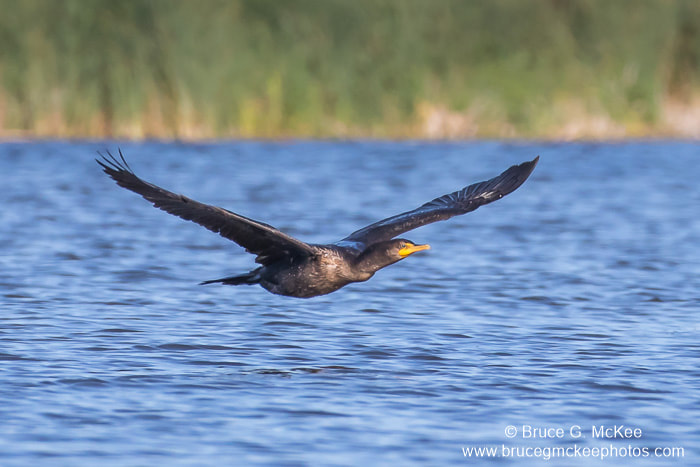
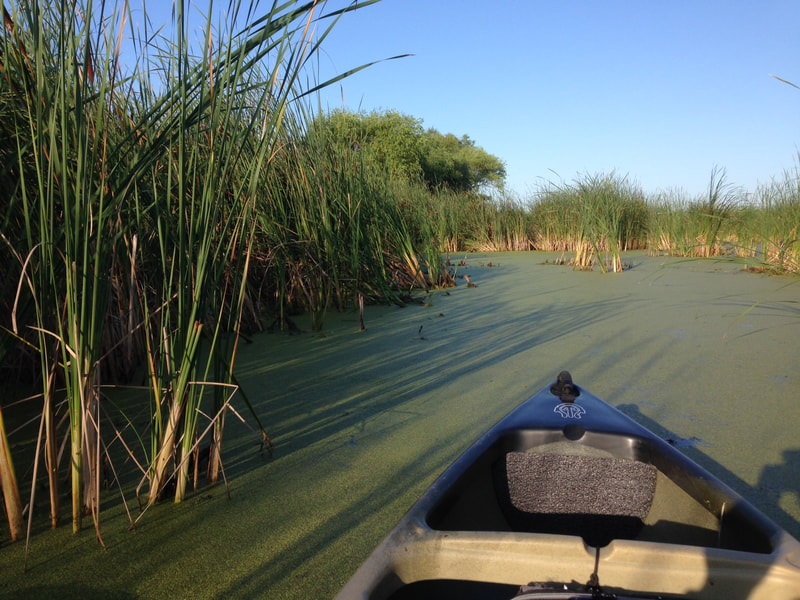
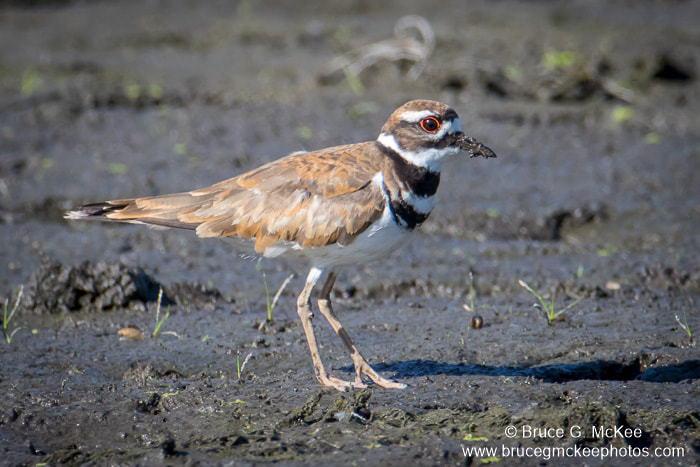
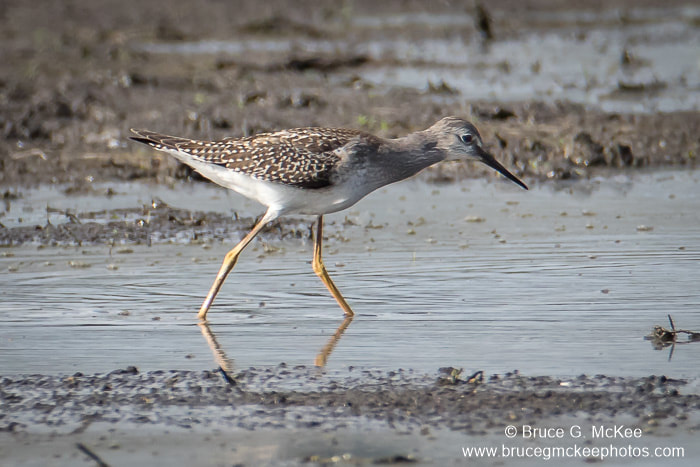
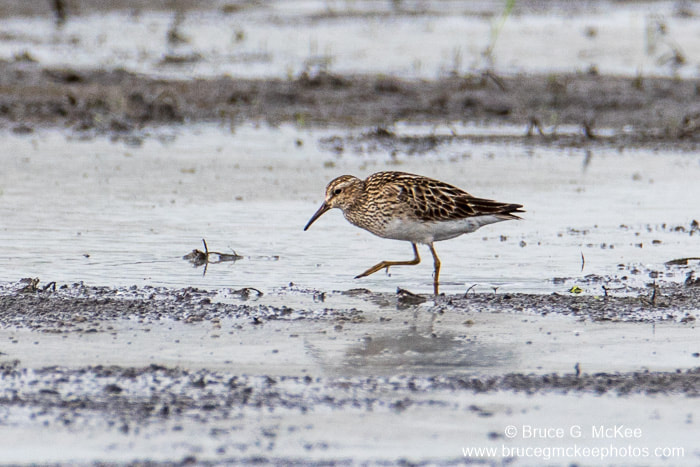

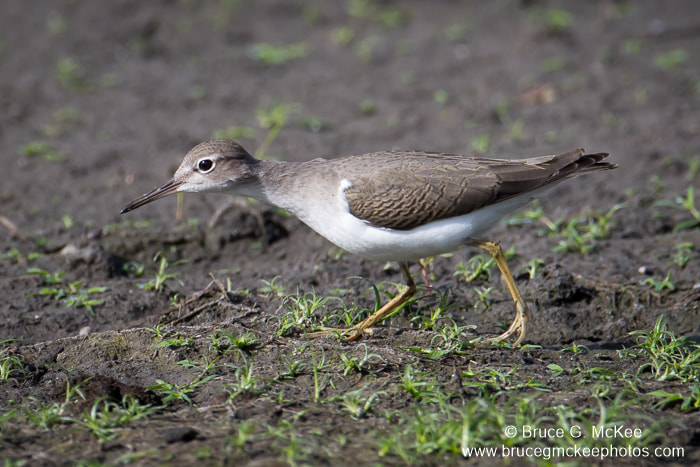

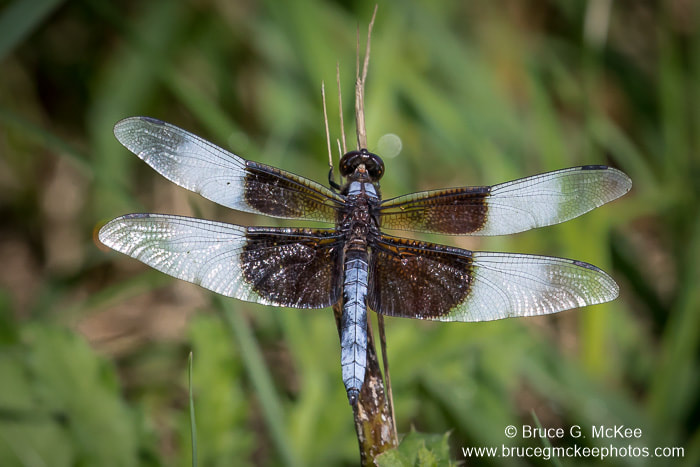
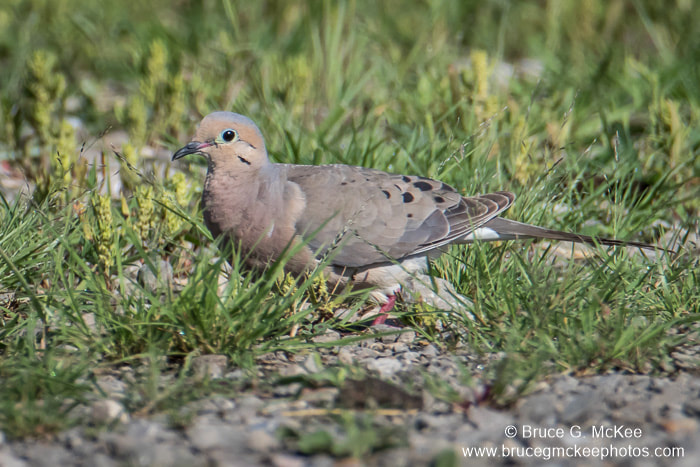
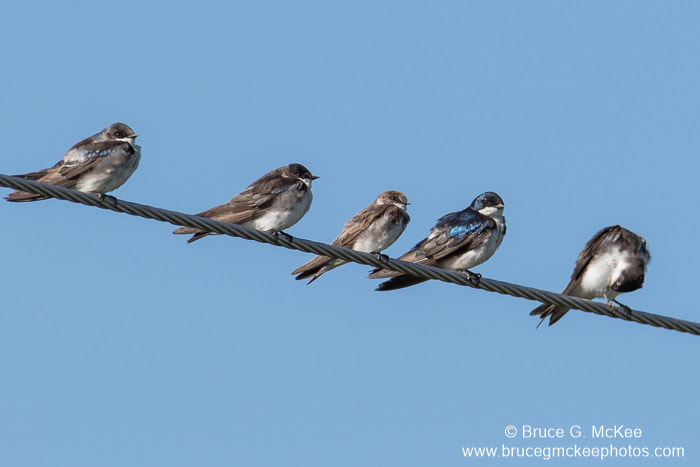
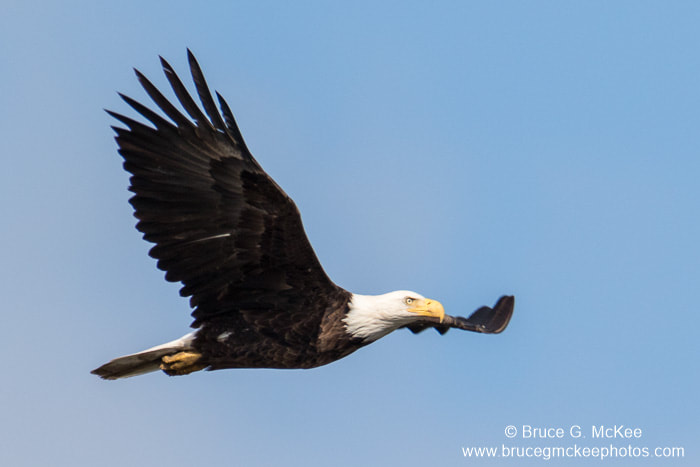
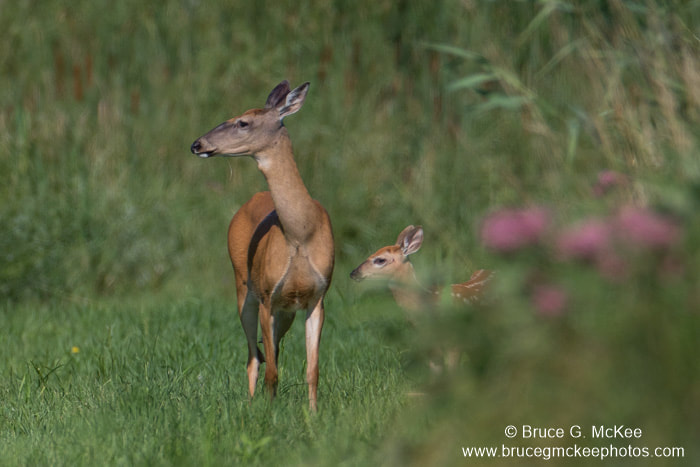
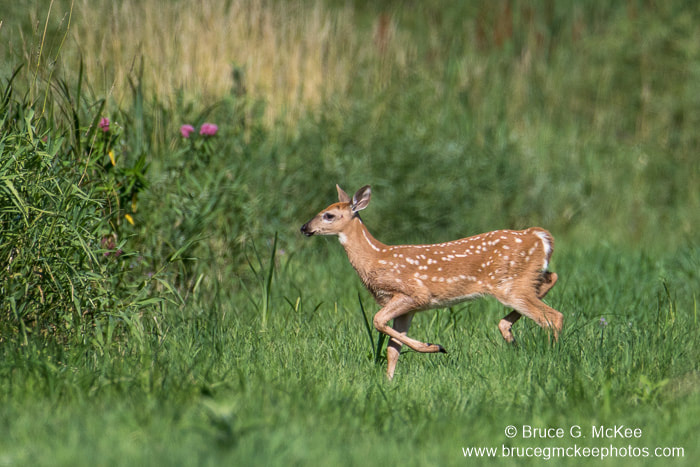
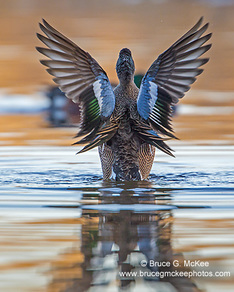

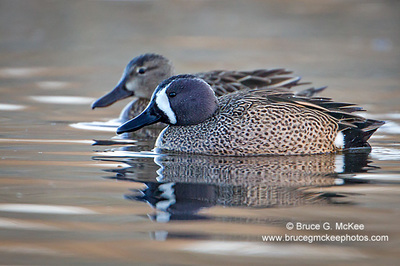
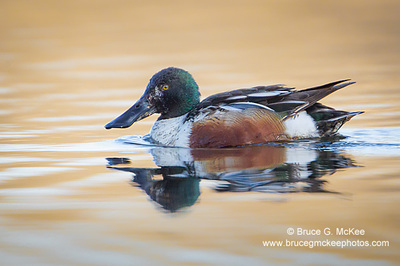

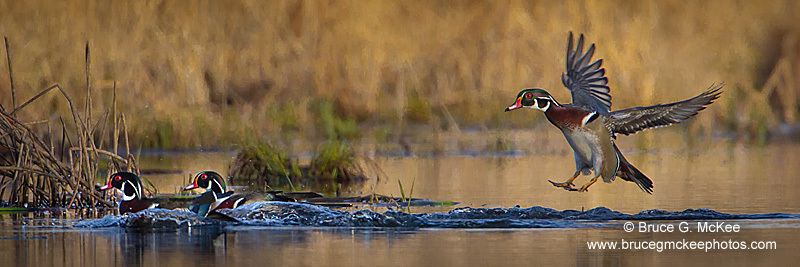
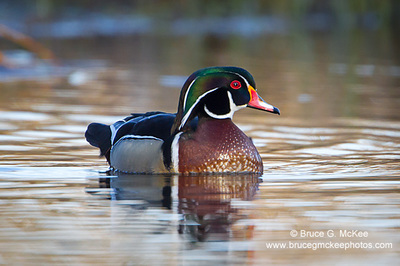
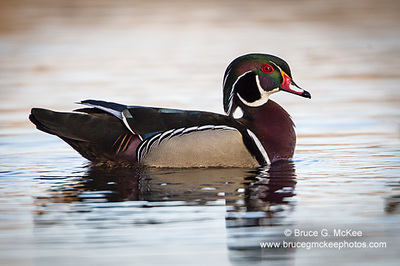
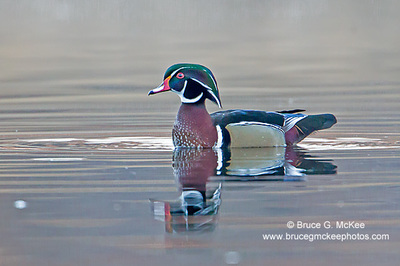
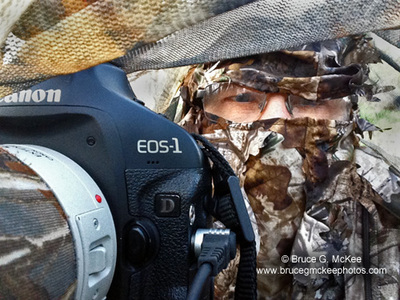
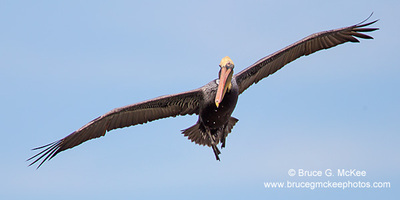
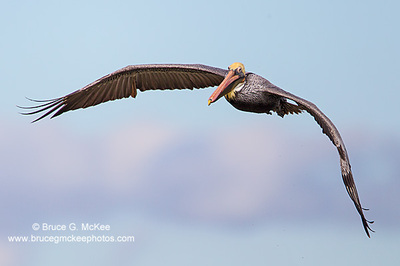
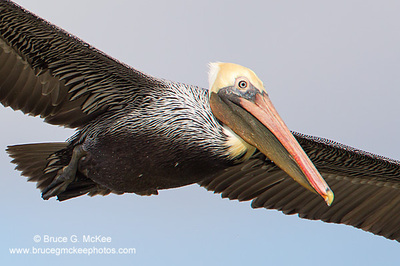
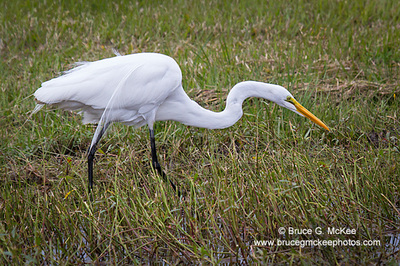
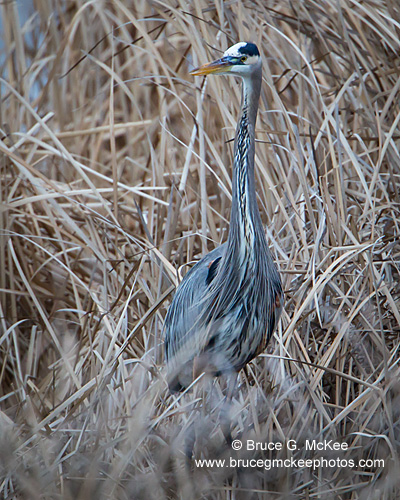
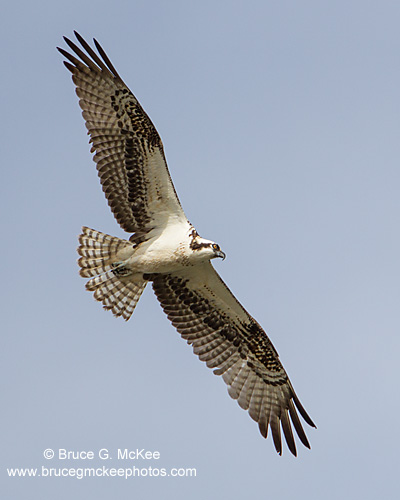
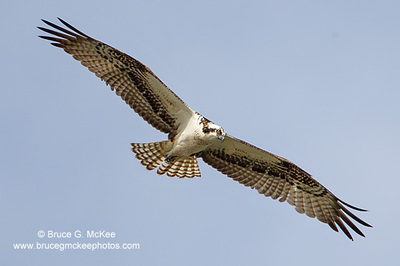
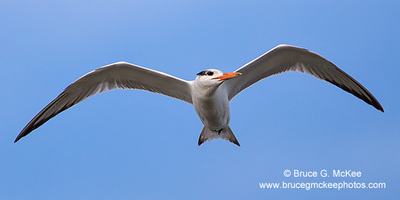
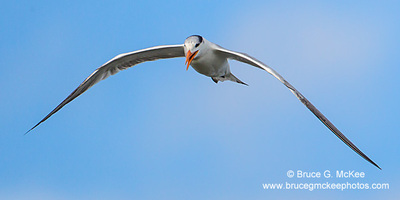
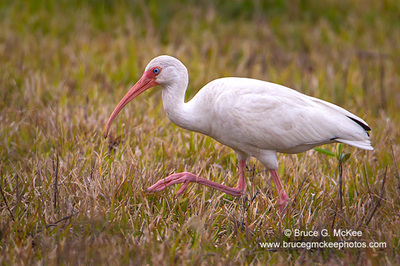
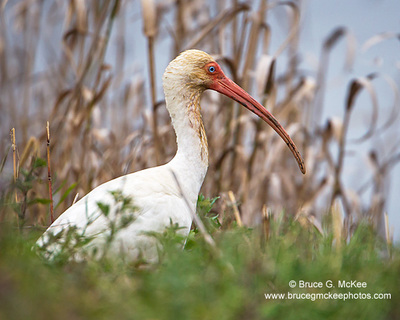
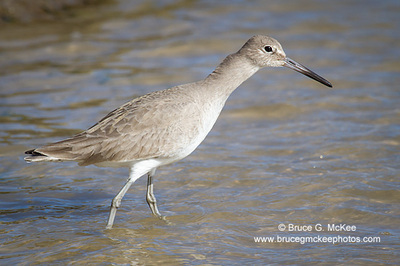
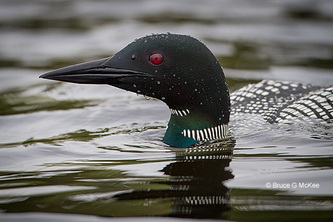
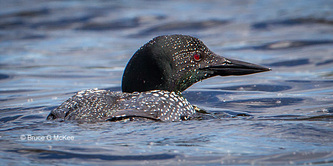
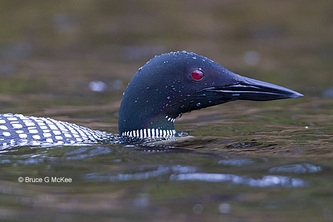
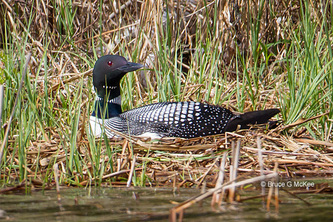
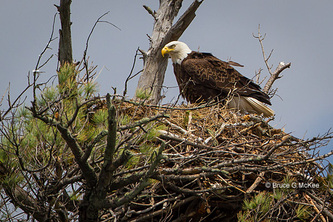
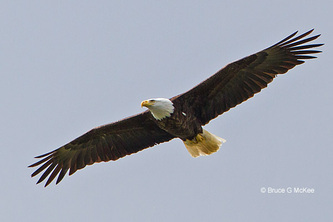
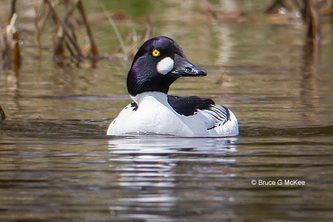
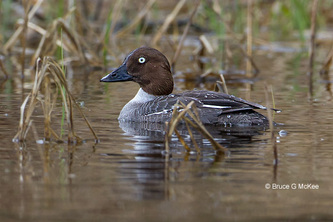
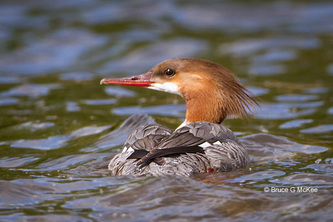
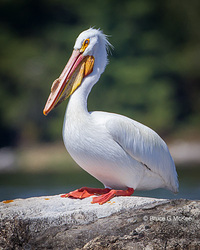
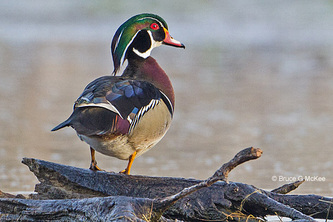
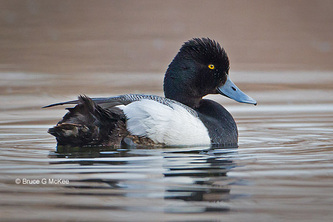
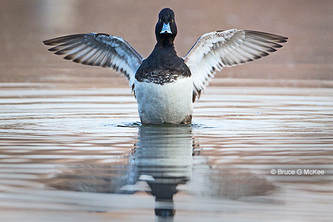
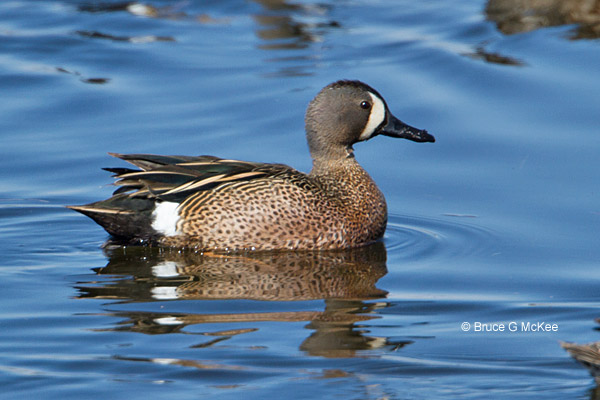
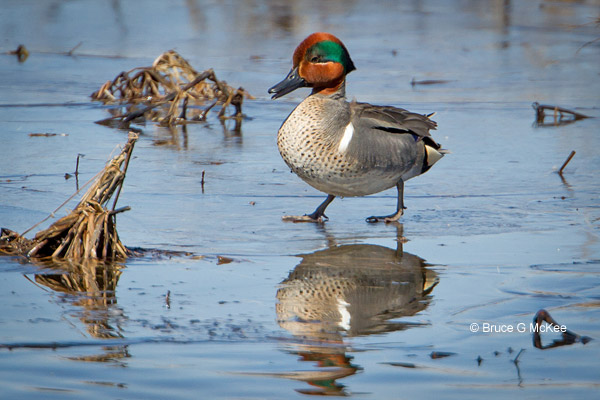
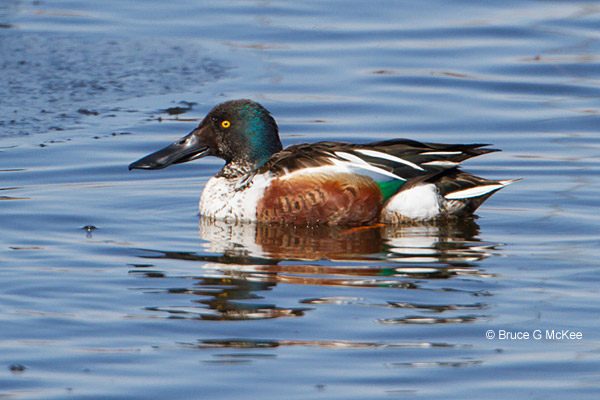
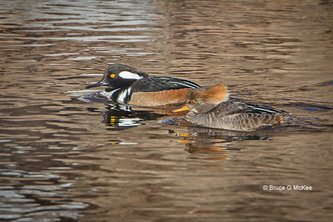
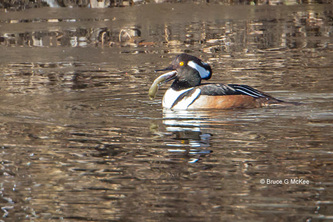
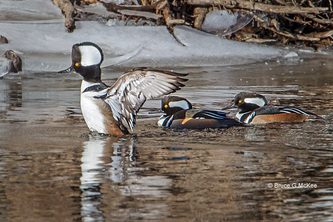
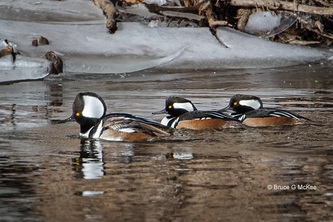
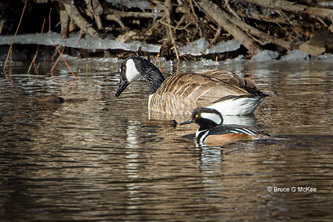
 RSS Feed
RSS Feed
